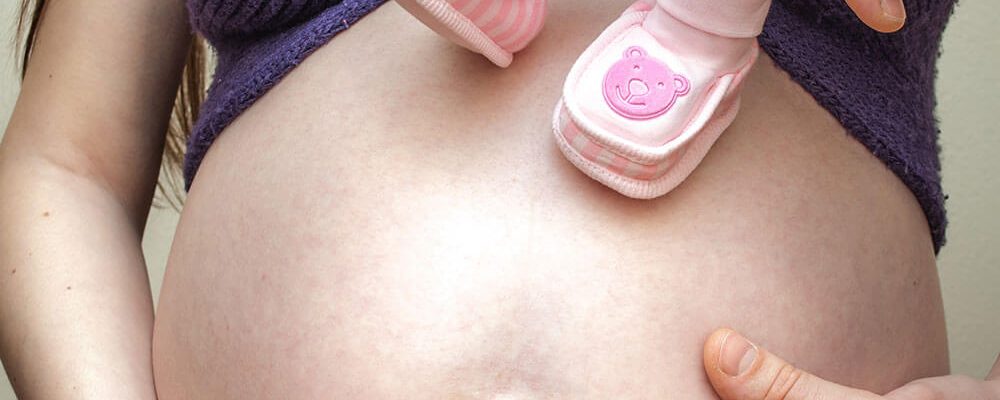What is artificial insemination?
Artificial insemination is an assisted reproduction technique consisting of depositing spermatozoa in the uterus during the ovulation period with the goal of fertilisation and pregnancy.
Before treatment can begin, a first visit and a study of the couple are needed, to determine whether the technique is suitable.
What do we assess during the first visit?
We use this technique after evaluating different factors:
- Ovarian reserve
- Patient age
- Length of the period of infertility
- Permeable fallopian tubes
- Sperm count
Are there different methods of artificial insemination?
There are two types of artificial insemination: artificial insemination with donor sperm (AID) and artificial insemination with conjugal sperm.
Depending on the results of the tests carried out during your first visit, artificial insemination with donor sperm may be needed.
If donor sperm is needed, the donor will be selected after a thorough phenotypic study of the patient.
What is the procedure like?
This is one of the simplest fertility treatment procedures.
First, a controlled ovarian stimulation is monitored with ultrasound scans to check the follicular response. Next, we induce ovulation, collect the sperm, and carry out the insemination.



